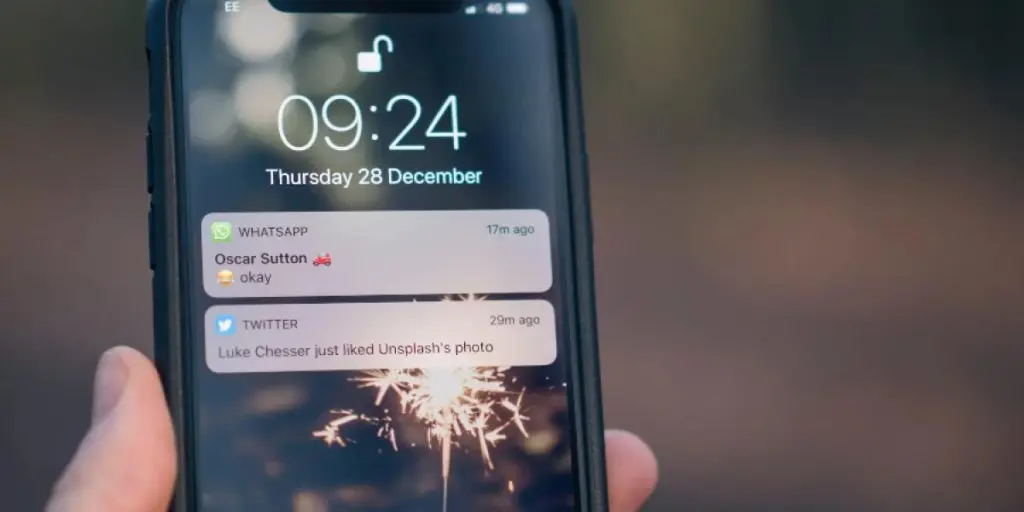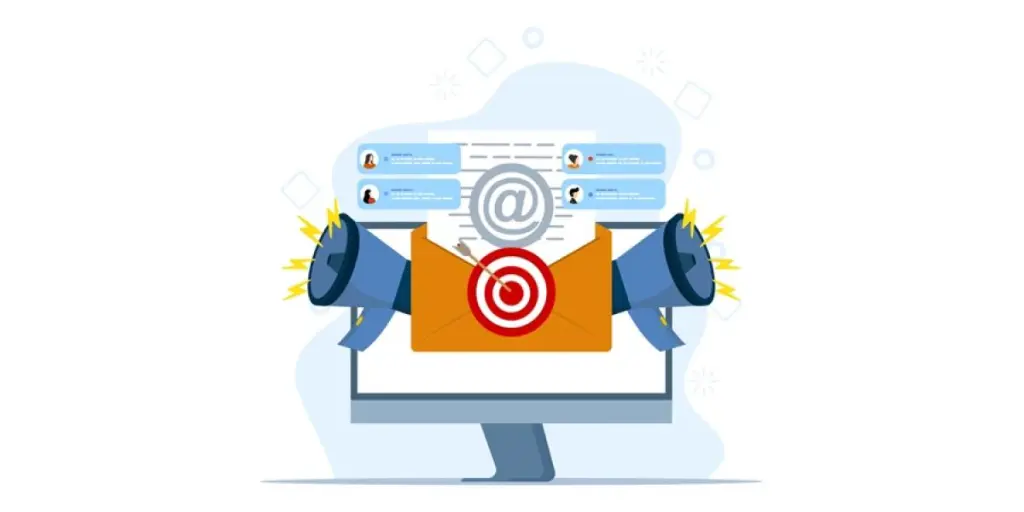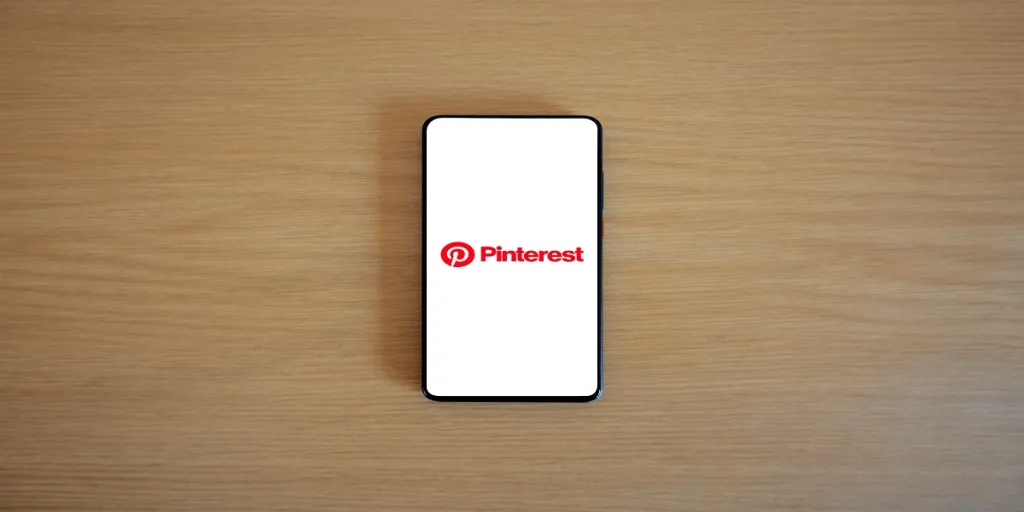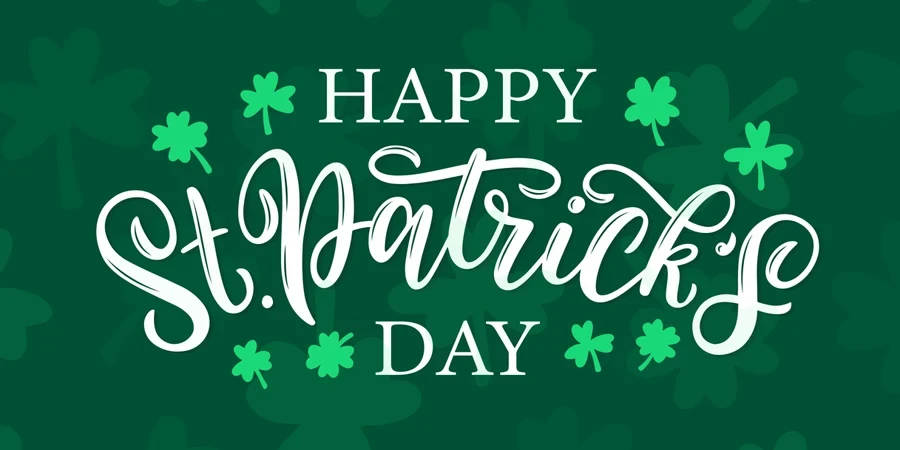Push notifications are powerful and helpful tools to get your message out quickly, easily, and effectively. Many think of push notifications as intrusive, but this channel is getting more popular because making them engaging and relevant is simpler than most think. They arrive on the home screen of your users’ devices and are a great way to stay connected with customers, clients, and followers.
In this article, we’ll explore the different types of push notifications, some examples, and how you can use this channel to make it a key part of your marketing strategy.
In this post:
- What are push notifications?
- Push notifications: statistics
- How push notifications work
- Types of push notifications
- Where you can use push notifications
- Push notification campaigns from businesses
- Tips for your push notification strategy
What are push notifications?
Push notifications are clickable messages that appear on the home screen of a user’s device. They are usually short and to the point, displaying on the lock screen without opening any application.
Think of push notifications as a text message but with visuals and more interactivity. Apart from the body text and a visual, it may also include a title and an icon that you can customize.
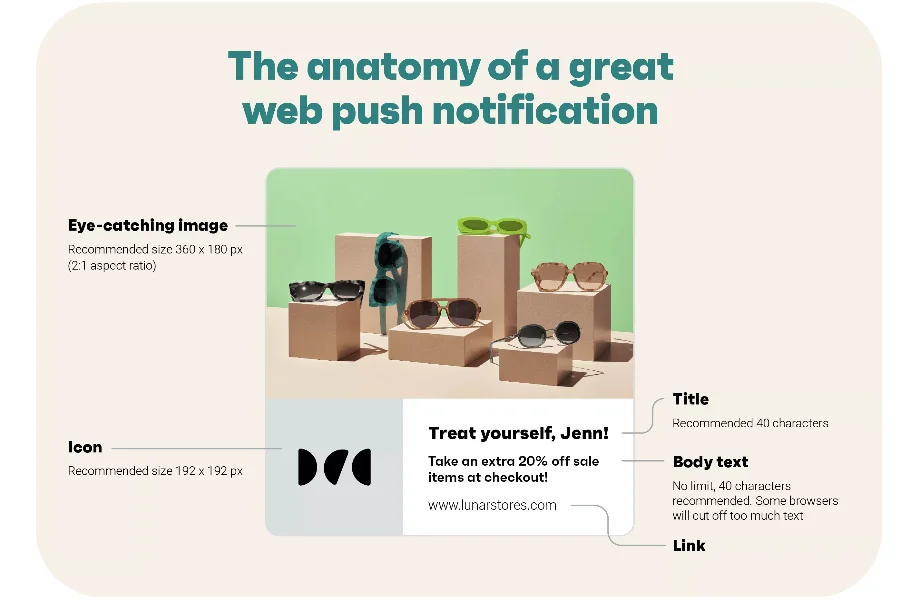
Push notifications in numbers
Push notifications sometimes have a bad reputation and are perceived as annoying or outdated. Yet, the numbers tell a different story. We studied the strategies of our users and found these interesting facts:
| 207 million Push notifications were sent by Omnisend users ecommerce businesses [2023] | 17.9% The open rate of push notification messages sent by online stores | 42.6% Increase in the percentage of automated push notifications [compared to 2022] | 18.8% Increase in orders generated by push notification campaigns |
How do push notifications work?
Paragraph I: explanation: an app (like Omnisend) gives you a server to make sending pushes possible. Then, this service is used to transfer the message to the user’s mobile devices or desktops.
Paragraph II: The delivery of pushes is possible thanks to Google’s Firebase Cloud Messaging (FCM). Simply, it’s a free service from Google that enables third-party developers to send push messages to Android, iOS, Windows, and other devices reliably and efficiently. Here’s a visual explanation of how it works:

Types of push notifications
Most devices support push notifications. There are three main types of pushes:
Web
Web push notifications are messages that appear on desktops and selected mobile devices (like Chrome, Safari, and Firefox). They work similarly to app-based pushes as a way to reach desktop users who don’t have an app.
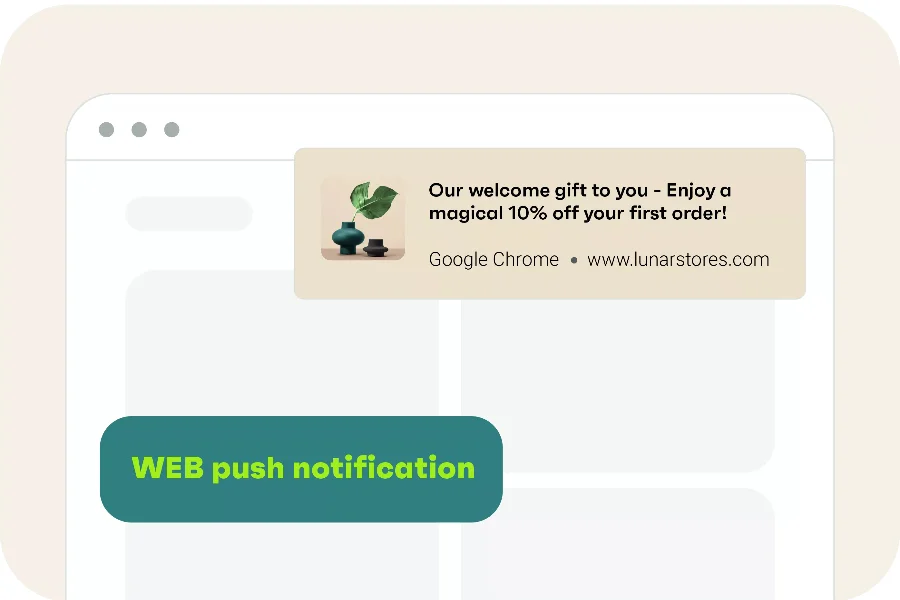
Desktop
Desktop push notifications are exactly like web pushes, but they appear on Windows and Mac computers. These notifications are sent through an app the user must install on their desktop.
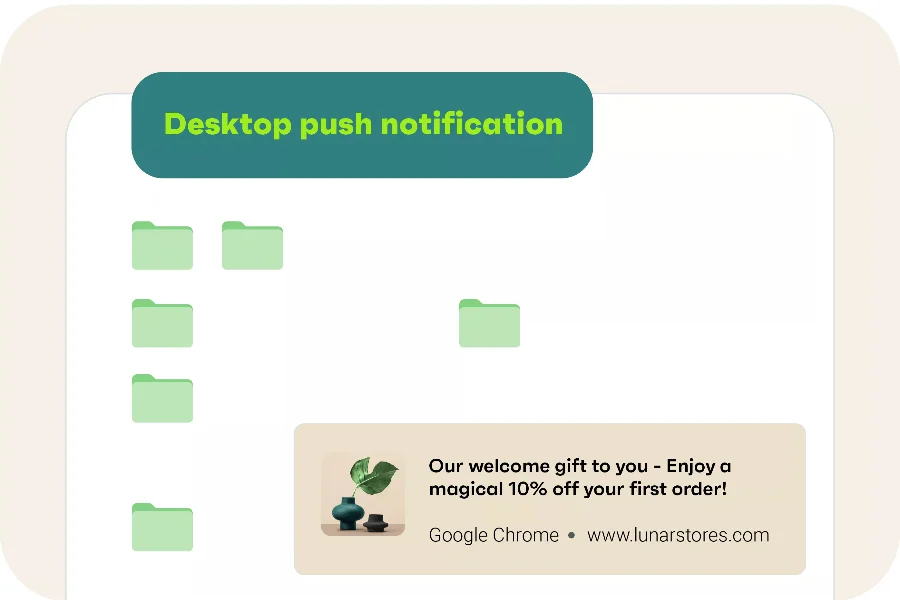
Mobile
Mobile push notifications appear on iOS and Android devices and tablets. These are the most common type of push notifications and have become one of the key tools in mobile marketing strategies. They can contain text, images, and other interactive elements.
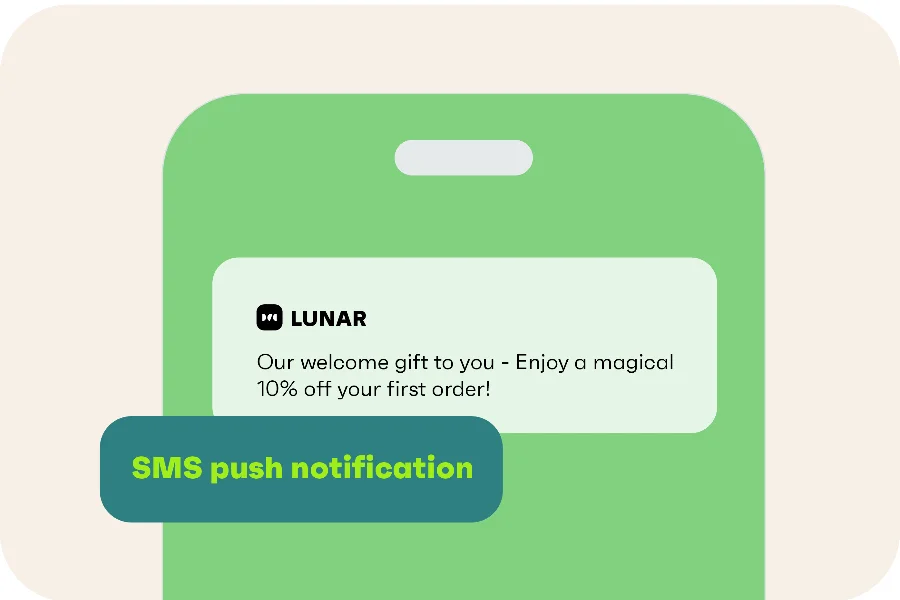
Where to use push notifications?
Push notifications are effective for multiple activities and can help to achieve various goals. Here are some of the most popular uses of this channel:
Engaging online shoppers
When someone browses your online store and adds items to their cart but doesn’t finalize the purchase, you can send them a discount or special offer. That way, you remind them about their cart and encourage them to complete the purchase. In the example below, a birthday push notification is used to offer an exclusive discount to encourage the customer to purchase.

In-app communication with users
Push notifications can help you to get in touch with your users when they’re already using your app. You can send them a reminder, inform about new features of the app or alert them about important updates. Starbucks uses geo-targeted push notifications to notify nearby customers and offer special discounts.
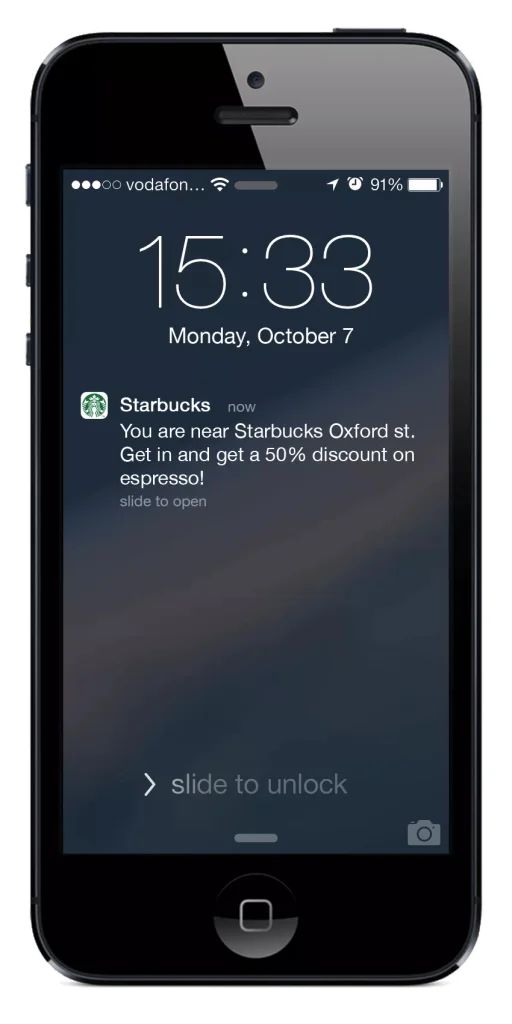
Emergency alerts from authorities
The most important use of push notifications is to inform users about emergencies or other urgent situations. Local authorities, government agencies, and hospitals can send out warning messages and keep people safe in difficult times. L.A. County Office of Emergency Management uses push notifications to inform citizens about disaster preparedness and evacuation orders.
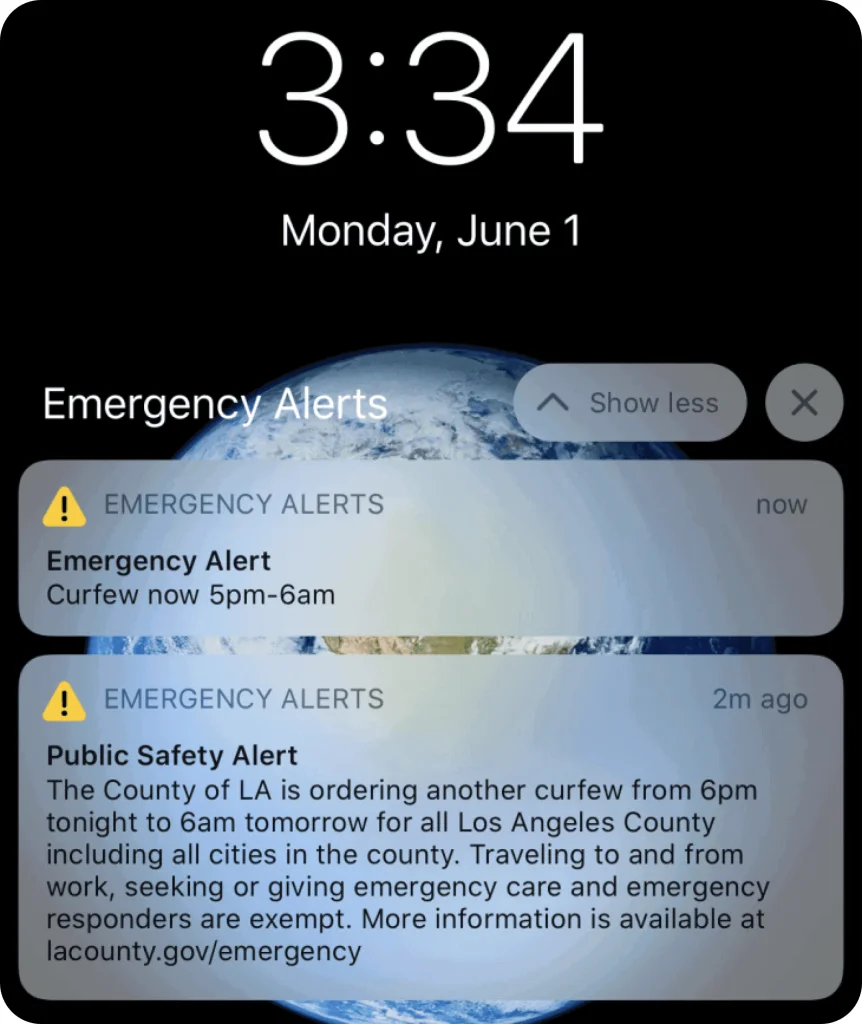
Push notification campaigns for online businesses
Online businesses can use notifications to stay in touch with their customers, share discounts and promotions, or announce upcoming events. Here are some ideas for your next push notifications campaign:
1. Order confirmation
Order confirmation notifications are useful for customers who need to keep track of their orders. Send the message when you receive an order and let them know that it’s being processed.

2. Abandoned shopping cart recovery message
Reengaging customers who’ve added items to their cart but haven’t bought them yet is an important part of any eCommerce strategy. Send timely reminders about these items and include a discount code or free shipping for extra motivation.

3. New arrivals announcement
Send a push message when you get new arrivals in your store. Showcase the items and link them to the product page so customers can easily explore them. You can also offer a discount as an incentive to buy like in the example below.

4. Blog content signup
Encourage users to subscribe to your blog content and let them know when you’ve published a new article. Focus on the value they will get from reading your article, and include a preview of the content in your message.

5. Sales promotion
Sales are some of the most lucrative moments for businesses. Send out a push notification to announce the start of your sale and provide a link to the sale page like in the example below:

6. Promotion of special offers
Special offers can help you increase sales and acquire new customers, so use push notifications to promote them. Send out a reminder about the offer before it expires and highlight the specific product that’s on sale.
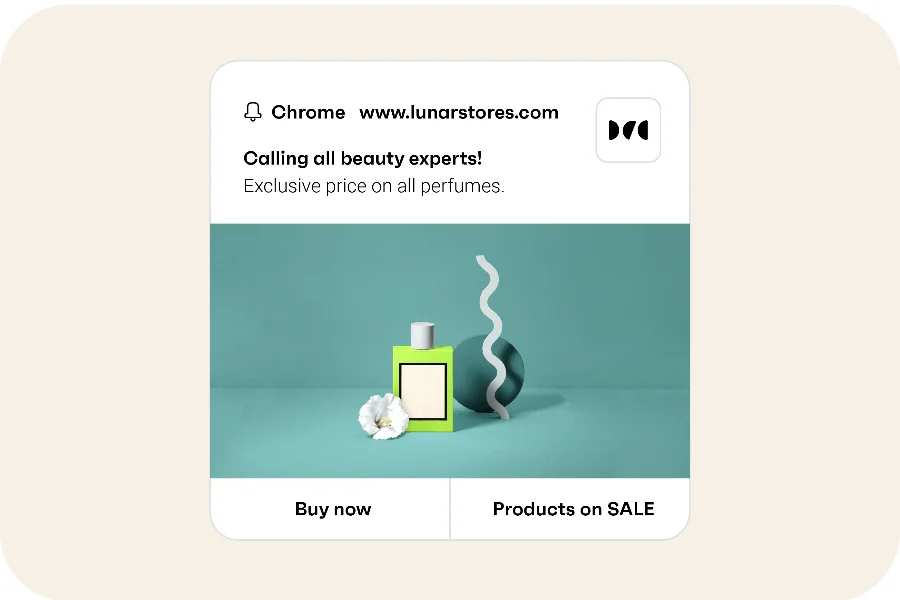
7. Upsell offer to increase average order value
If you want to increase the average order value of your customers, send them an upsell offer. Suggest products related to their purchase and give incentives for buying more items at once. Upgrade offers and complementary products like headphones in the example below can be a great way to boost sales.
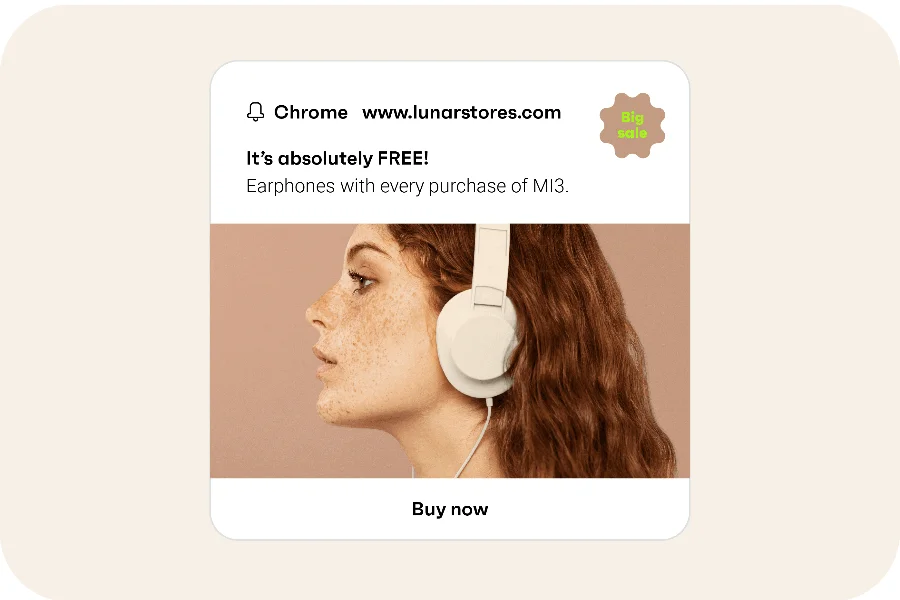
Push notification strategy
Like any marketing tool, you need to use push notifications thoughtfully. The video below is a great guide to creating an effective push notification strategy. We’ve also summarized key takeaways you can skim through.
1. Get the timing right
It’s important to make sure you get the timing right for when you send out push notifications. Obviously, you shouldn’t send it when they’re asleep, or even particularly busy.
Best practices suggest you send push notifications early morning (before work, around 8am-9am), during lunch (up to 2pm), and in the evening (after work, roughly 7pm-9pm).
Of course, the one golden rule remains: always be testing, so try a few varieties and see which one works best for your store.
2. Add visuals
Use visuals to catch the user’s attention and make your message stand out. Visuals also help you communicate the message quickly and effectively. For example, if you’re promoting a sale or special offer, use an image of the item on sale.
Here are some tips for choosing visuals:
- Use bright, contrasting colors
- Include images or short videos that feature your product
- Keep the text concise and to the point
- Test different messages
3. Add the main goal to the beginning of the notification
Convey the main goal of the notification in the first two sentences. Push notifications have a word and character limit, so you want to make sure the recipient doesn’t miss the key points.
For example, if you’re promoting a sale, write “Don’t miss out on our 50% off sale – ends tomorrow!” Here are some tips for writing effective push notifications:
- Write in the active voice
- Focus on the benefits to the user
- Include a call-to-action
- Proofread your message before sending it out.
- Use emotions
When you use emotions in your notifications, customers are more likely to take action. In the example below, the notification uses fear of missing out (FOMO) to encourage customers to take advantage of the offer before it expires.
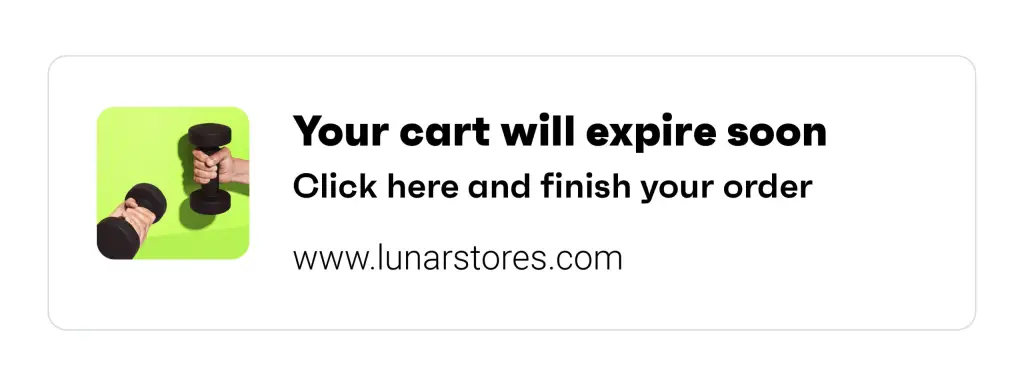
4. Write in a conversational tone
Maintain a friendly and informal tone when writing your push notifications. A conversational tone helps you connect with customers on a personal level. It establishes a genuine connection with the user and makes them more likely to take action.
Create a simple and easy-to-follow message to get the best results. Don’t be too salesy or pushy, which can turn people off. Here are some tips for writing in a conversational tone:
- Use simple, everyday language
- Ask questions
- Include humor or puns to lighten the mood
- Avoid overly technical terms or jargon
The example below uses the phrase “Tick tock” to capture the sense of urgency without sounding too pushy.

5. Make your push notifications behavior-based
Consider your users’ needs and behaviors when crafting the notifications. Behavior-based notifications are tailored to the user’s specific actions and interests and have higher engagement rates.
Creating behavior-based notifications requires you to have access to data about the user’s behavior and usage of your app or website. Set up workflows that trigger notifications based on specific user actions. Here are some tips for creating behavior-based notifications:
- Segment users according to their interests
- Create targeted messages based on user data
- Test different messages to find the right balance between personalization and promotion
The example below highlights a workflow that sends a personalized notification when the user signs up.

Push notifications: summary
Push notifications are an important part of any mobile marketing strategy. They can help you engage customers, build loyalty, drive conversions, and increase engagement. Use them in combination with strategies for the best results.
To make the most of your push notifications, focus on timing, visuals, messaging, emotions, and behavior. Use this guide to craft effective messages that will get your users’ attention and drive action. If you want to learn more about push notifications, check out our blog posts on the topic.
Source from Omnisend
Disclaimer: The information set forth above is provided by Omnisend independently of Alibaba.com. Alibaba.com makes no representation and warranties as to the quality and reliability of the seller and products.
